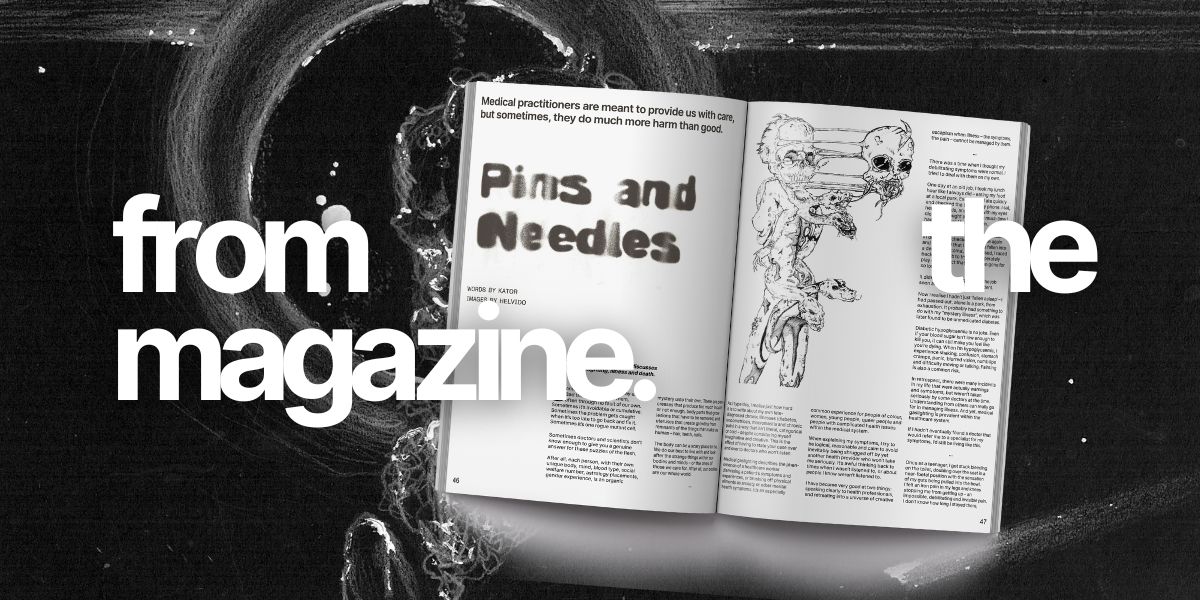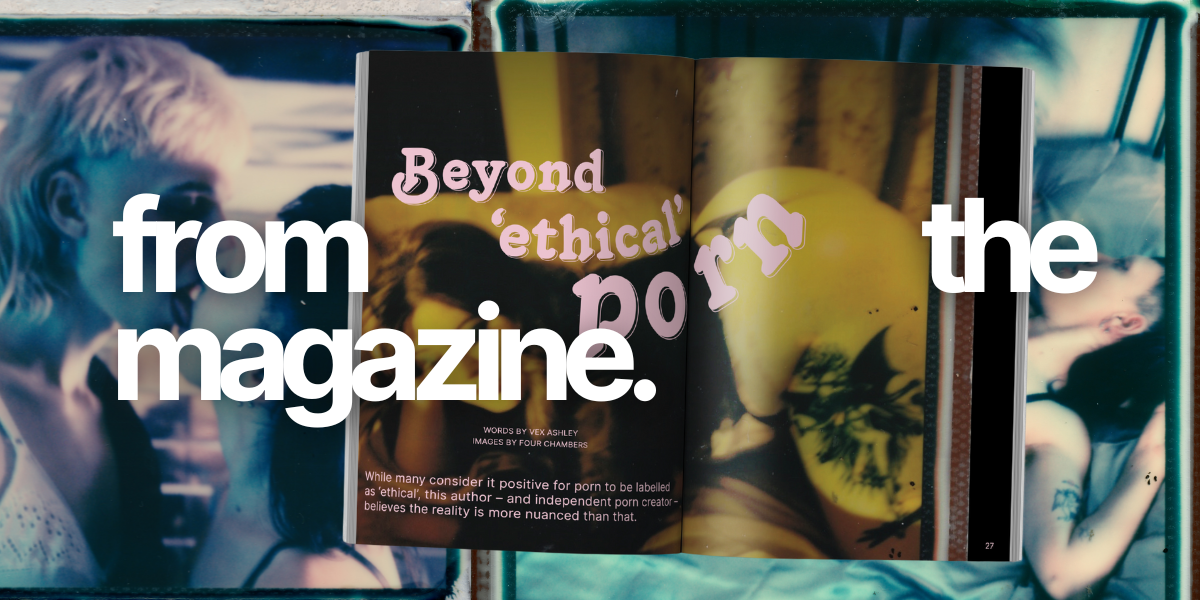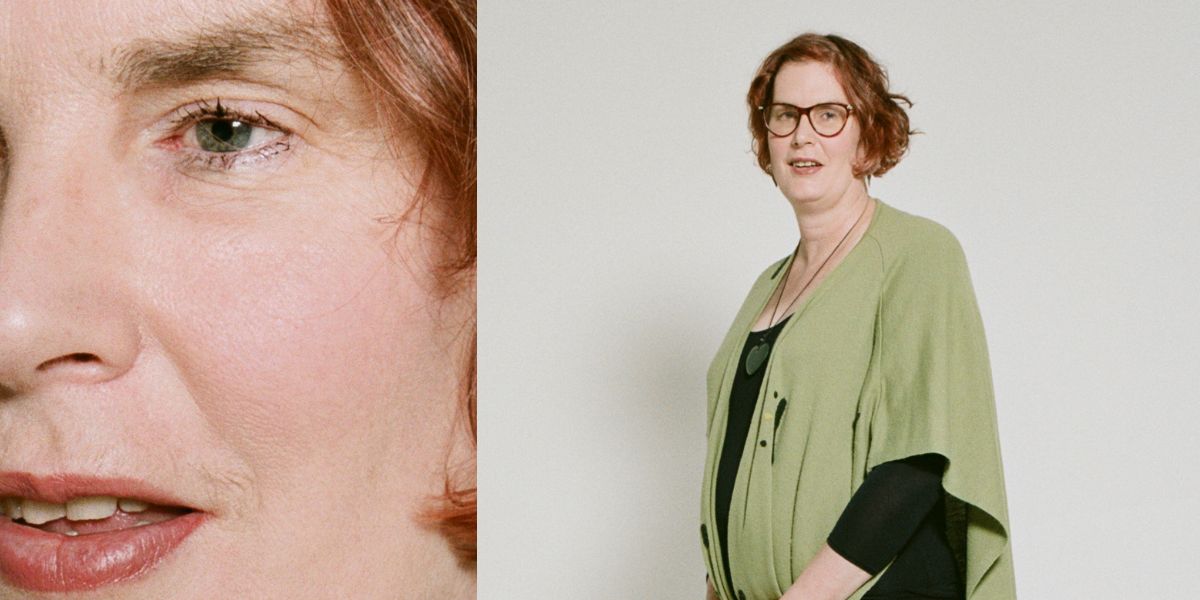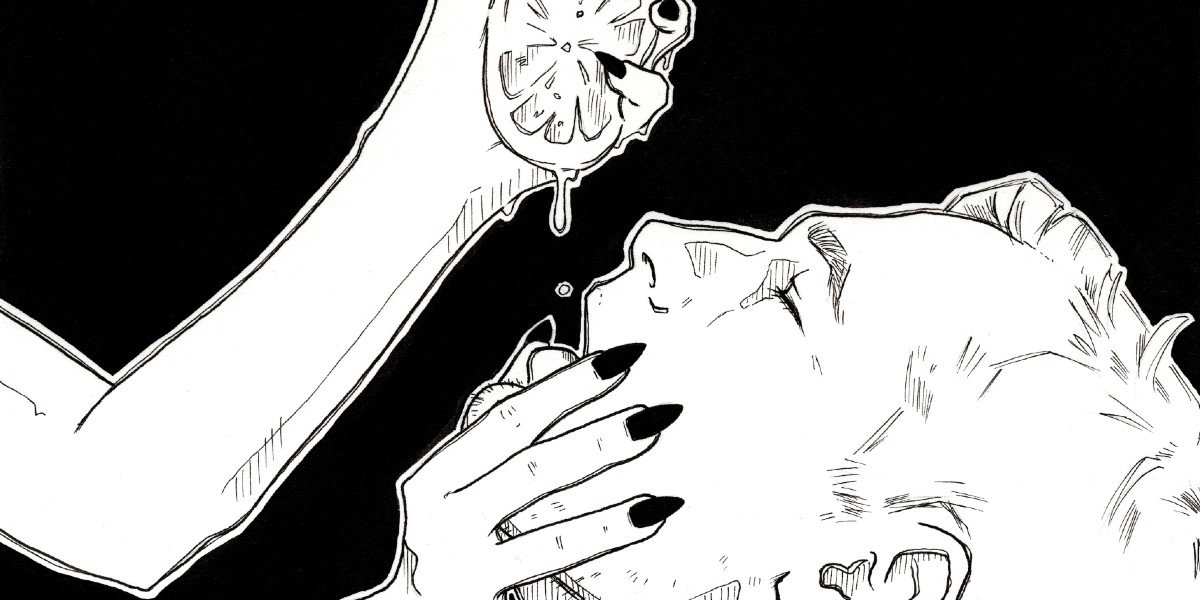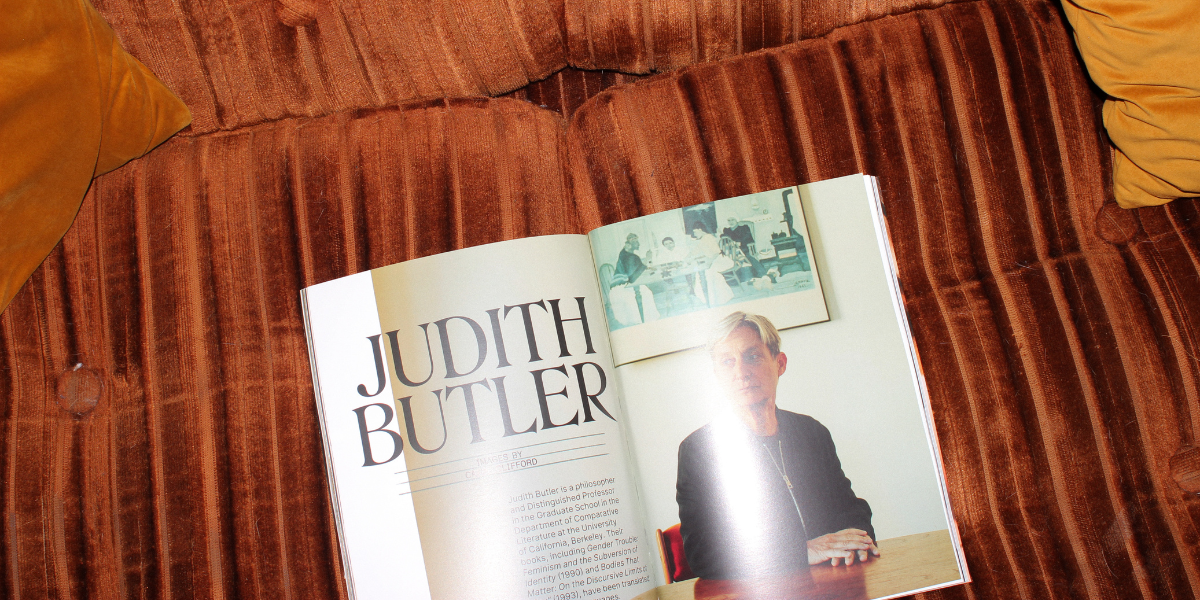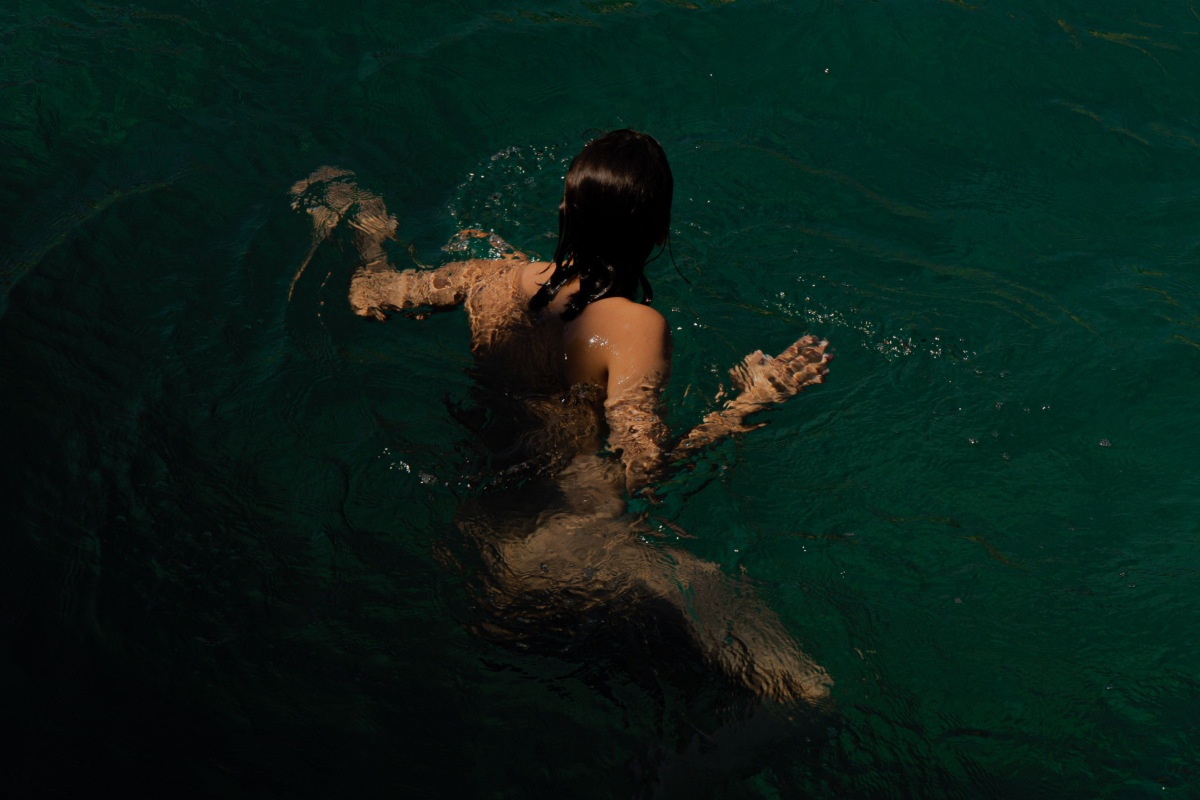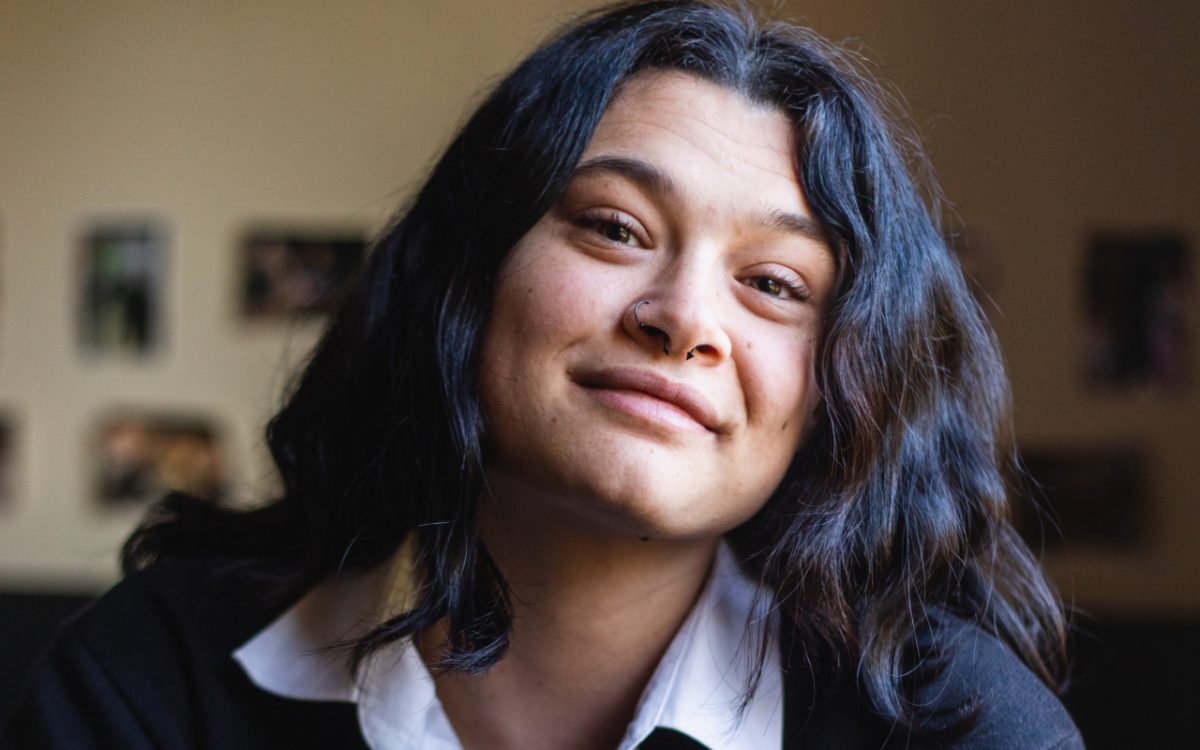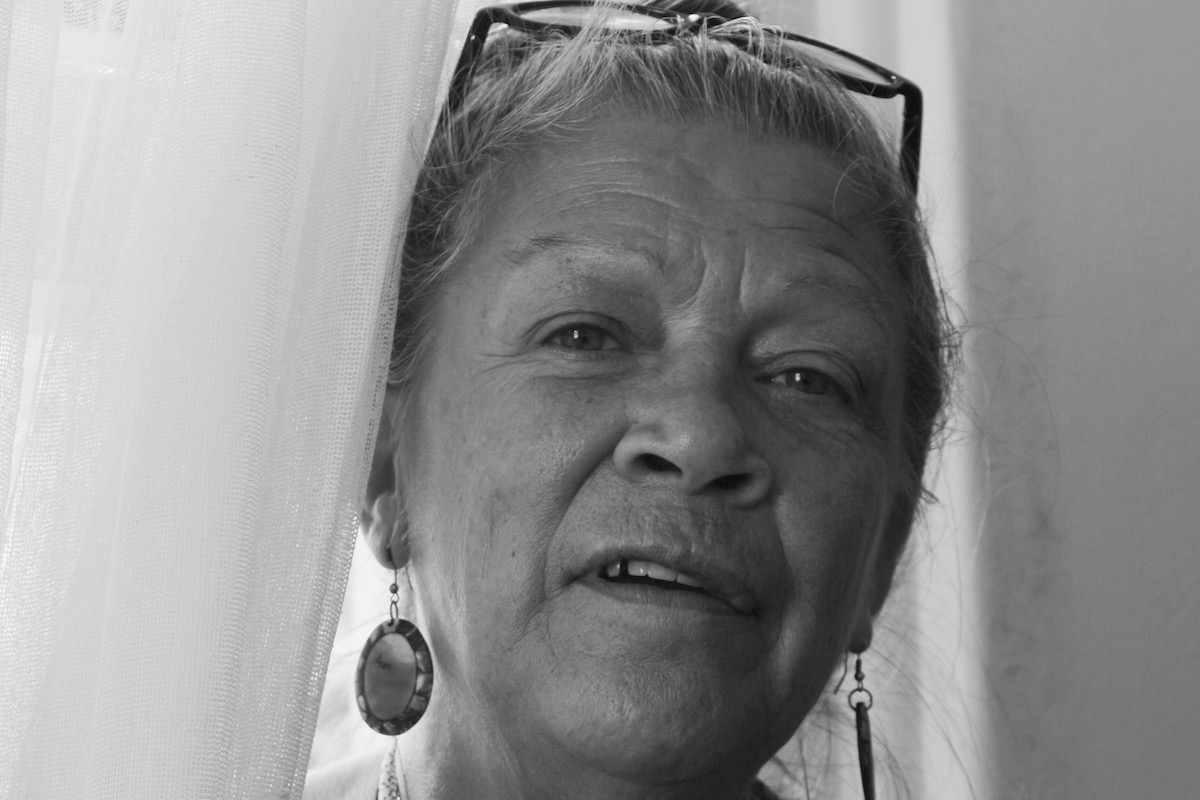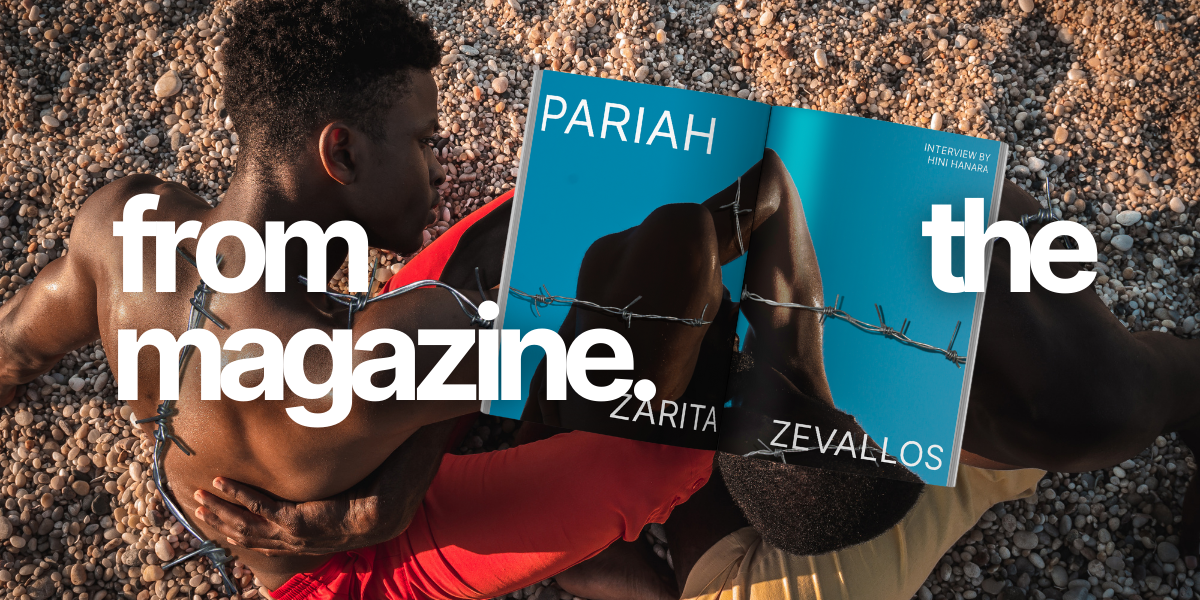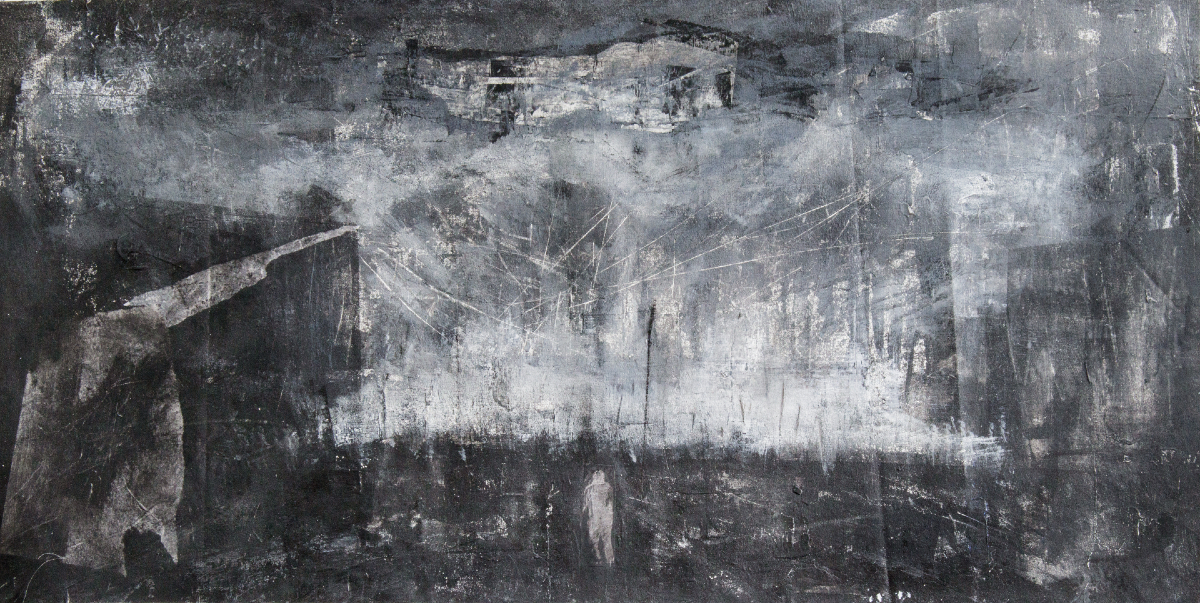From Archer Magazine
If not for medical gaslighting, maybe Jewel would still be around but unwell, managing her condition just as I manage mine with medication, rest and surgery.
Desire often raises questions: is my desire for this – this thought, this act, this porn, this person – is this okay? Is this porn ethical?
Living through coercive treatment, the AIDS crisis and homelessness, this author continues to survive the trauma of the psychiatric system.
Decolonising portraiture offers empowerment and authentic self-expression for BIPOC and queer individuals.
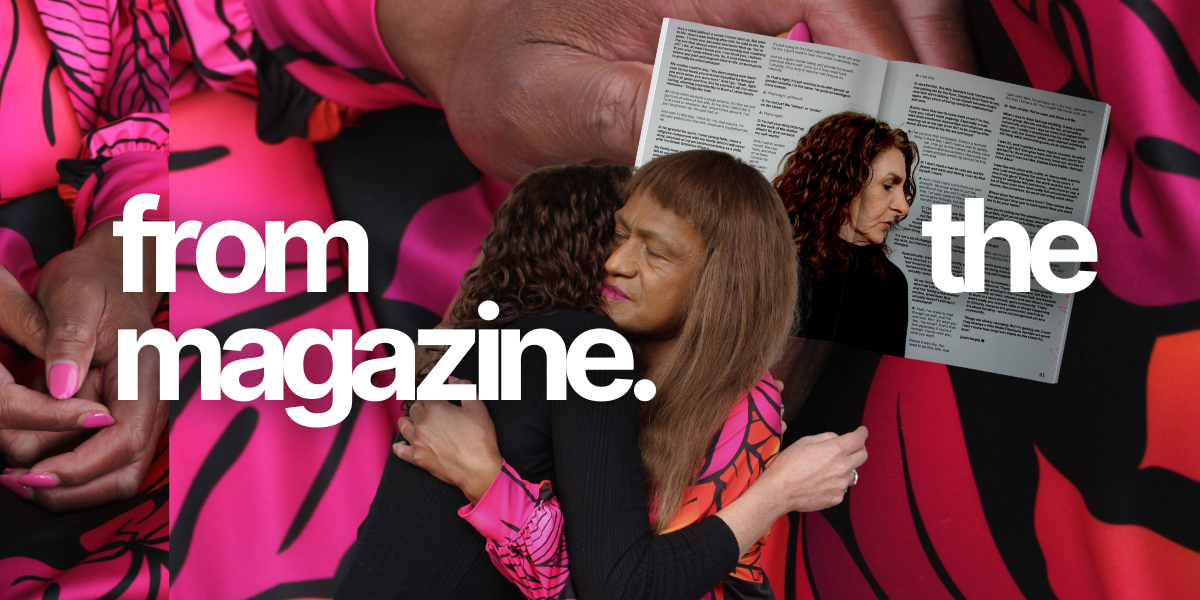
Trans identity, sex work and the AIDS crisis: Trans women in conversation
Two trans women share a lively discussion around culture, sex work, the AIDS crisis, gender and intersex identity.
Advocating for queer-affirming death spaces – and creative ways of navigating grief – have empowered this author since leaving a repressive, religious environment.
As a trans Filipino sex worker, I’ve been using my gloryhole to create art with my clients, lovers and fellow sex workers.
Pine Gap spy base sits on stolen Arrernte lands, fuelling the forgotten war machine of Australia.
I figured I had two years left: one in reasonable health, then one in increasingly terrible health, ending in a withering, undignified, exhausted death.
I know what it’s like to be seen in my entirety. I’ve experienced disability justice in action, which is to say that I’ve experienced love.
It began as a curiosity – to explore gender and masculinity at close range, and frankly to have some really hot sex – and became an experience that altered the pathways in my brain.
We should be allied against a right-wing that seeks to undermine feminist, queer, trans, anti-racist movements, to destroy unions and to engage in climate destruction for a profit.
I also think that autistic pleasure is queer, in and of itself. It’s queer in its non-normativity, in its subversiveness, and in its consequent proximity to shame and otherness.
Disabled pleasure knows no bounds, bringing an intimacy that goes beyond romantic love, genitals or penetrative sex.
I have not known miscarriage or baby loss. But this image, of a mother waking up to exile from her child, her entire body flung, is deeply familiar and deeply consoling.
If you are an Aboriginal child whose parents have been criminalised, police officers see you as a criminal, too.
It’s like we are refugees in our own country, on our own land. Hunted by coppers and racists alike, we remember how our ancestors must have felt as we live through it.
Very often, I find that as Black people, we are not allowed to outwardly express our anger and pain. It is an implosive reaction. We keep it to ourselves.
My disability and my queerness are both invisible to the naked eye, too murky to be easily defined – so I remain in the grey areas.
With little energy but plenty of desire during cancer treatment, this author found sex had to be left to the professionals.
When you’re a trans person who is criminalised, you are minority in a minority. Unfortunately, we end up in prison a lot of the time because of the way we are treated by society.
How can the mind transcend madness when it’s confined and magnified within these walls?

